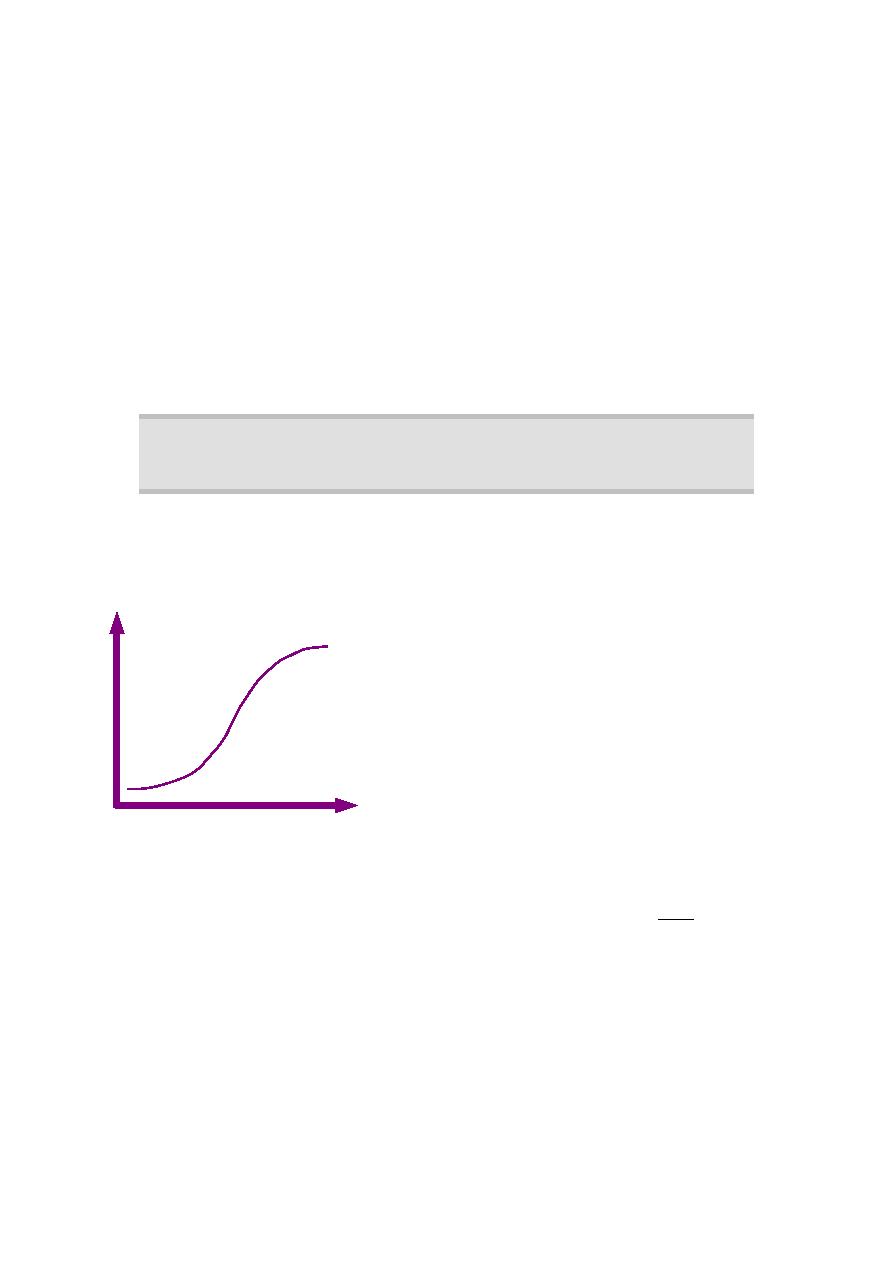
Test Estimation
appropriate input conditions, execute the software and check the output. No two test cases are
alike but you can approximate this step by assigning and average execution time to each case and
multiplying by the number of cases.
budget to execute the testing. The final cost you arrive at will depend on the answers to a number
of questions, including : how deep are your organisation's pockets? how mission critical is the
system? how important is quality to the company? how reliable is the development process?
defects are found. Then, as testing hits it stride, defects
start coming faster and faster until the development team
gets on top of the problem and the curve begins to
flatten out. As development moves ahead and as testing
moves to retesting fixed defects, the number of new
defects will decrease.
bottom out and it may be that you have reached the
limits of effectiveness with this particular form of testing.
If you have more testing planned or more time available,
now is the time to switch the focus of testing to a
different point in your outline strategy.
no issues is not worthless but it is obviously worth less than a test case which does find issues.
Conversely, if your testing is finding a lot of issues you should pay more attention to it but not to
the exclusion of everything else, there's no point in fixing just one area of the software!
diverting attention to more fertile areas for evaluation.
the trees. While finding issues is important you can never be sure where you'll find them so you
can't assume the issues that you are finding are the only ones that exist. You must keep a
continuous level of broad coverage testing active to give you an overview of the software while you
focus the deep coverage testing on the trouble spots.